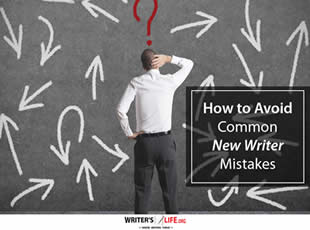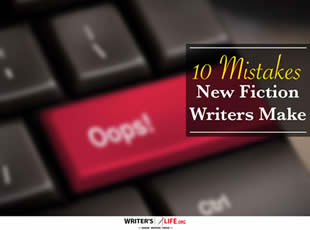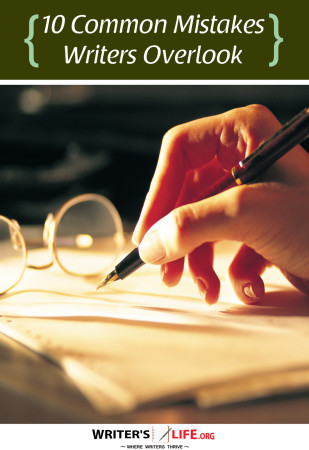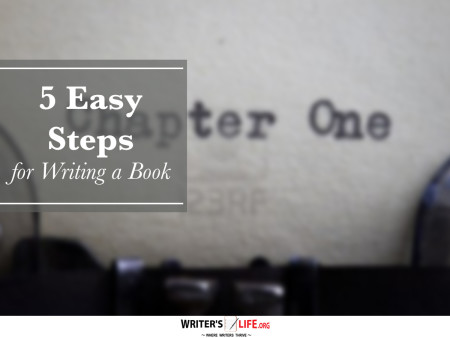- How To Tackle Jealousy In Creative Writing
- Common Submission Mistakes
- How To Stop Your Blog Becoming Boring
- The One Thing Every Successful Writer Has In Common
- How To Make Yourself Aware Of Publishing Scams
- Why Almost ALL Writers Make These Grammar Mistakes At Some Point
- 5 Tips For Authors On How To Deal With Rejection
- Top Mistakes to Avoid When Writing a Novel
- How to Avoid Common New Writer Mistakes
- 10 Mistakes New Fiction Writers Make
How to Tighten Nonfiction Chapters Without Losing Value

To tighten nonfiction chapters without losing their essential value requires a strategic balance of clarity and conciseness. Writers often struggle to find this balance, but by focusing on refining the core message and eliminating unnecessary details, you can create more impactful content that captivates readers. So, how can you streamline nonfiction chapters without sacrificing the richness of your writing?
Streamline Nonfiction Chapters by Focusing on the Core Message
At the heart of every nonfiction piece is a core message that should guide the reader. When working to streamline nonfiction chapters, honing in on this message is key. Ask yourself: What am I really trying to say? Does each sentence and paragraph serve this main idea? If you find extraneous information that drifts away from your central theme, consider rephrasing or removing it altogether. The aim is to maintain a sharp focus that guides readers clearly and effectively throughout the chapter.
Refine Nonfiction Chapters with Strategic Editing
Editing is a powerful tool for refining nonfiction chapters. Begin by reading your draft aloud; this makes it easier to spot awkward phrasing and run-on sentences. As you read, pay attention to the rhythm and flow of your content. Sustain engagement by varying sentence lengths and breaking down complex ideas into digestible parts. A crucial aspect of effective nonfiction editing is asking for feedback from peers, which can offer new perspectives on tightening your narrative. Remember, editing isn't just about cutting content; it's about enhancing it for maximum clarity and impact.
Enhance Nonfiction Value by Cutting the Fluff
It's easy to fall into the trap of including every piece of research or anecdote you've gathered. However, when you aim to enhance nonfiction value, it's often best to be selective with the information you present. Prioritize content that supports your message or advances your argument. Unnecessary details can distract readers, diluting the chapter's effectiveness. When in doubt, err on the side of minimalism while ensuring your main points remain supported and well-illustrated.
Optimize Nonfiction Content through Improved Structure
An organized structure is paramount to optimizing nonfiction content. Start with a robust outline that logically arranges your ideas. As you write, follow this blueprint to maintain a natural flow and avoid diverging into tangents. Each section should transition smoothly into the next, creating a cohesive and coherent reading experience. A well-structured chapter is like a roadmap; it guides readers from point A to point B with ease and precision.
Want to promote your book after it’s published? Check out our Book Marketing Articles.
Condense Nonfiction Chapters for Greater Efficiency
Efficiency in writing means communicating what you need to say in as few words as possible without losing the message's essence. This doesn't mean stripping your work of style or voice but rather eliminating redundancies and simplifying language. By condensing nonfiction chapters, you allow readers to engage with the text swiftly and retain information more effectively. An efficiently written chapter benefits both the writer and the reader, aligning clear expression with the audience's needs.
Improving Nonfiction Structure with Visual Aids
Visual aids can significantly improve nonfiction structure by breaking up text and reinforcing key points. Consider using charts, graphs, or images to complement your writing and engage visual learners. This method not only enhances comprehension but also makes your chapters more visually appealing. When you blend written content with visuals, you're catering to diverse reader preferences, often improving retention and understanding.
Remember: The goal of nonfiction is to inform, enlighten, and, at times, inspire. Every word should lead to this destination.
Frequently Asked Questions About Tighten Nonfiction Chapters
Q: How do I start tightening my chapters?
A: Begin by outlining your core message and removing any content that doesn't serve this purpose. This will streamline your writing and focus your narrative.
Q: What if I remove something important?
A: To ensure key points remain, compare your draft revision with your outline. Reassessing the importance of each section can help preserve essential content.
Q: Can tightening affect my writing style?
A: It can enhance your style by making it more concise and impactful. While the process involves cutting down, it also polishes your narrative voice.
According to Wikipedia, the effectiveness of a chapter often depends on its structure and clarity, emphasizing the importance of a well-conceived plan for content.
If you're serious about growing your author career, don't miss out on these free tools and templates built specifically for writers. Access all 7 free resources here.


























